Home>Home Appliances>Cleaning Appliances>How To Mop Linoleum Floors
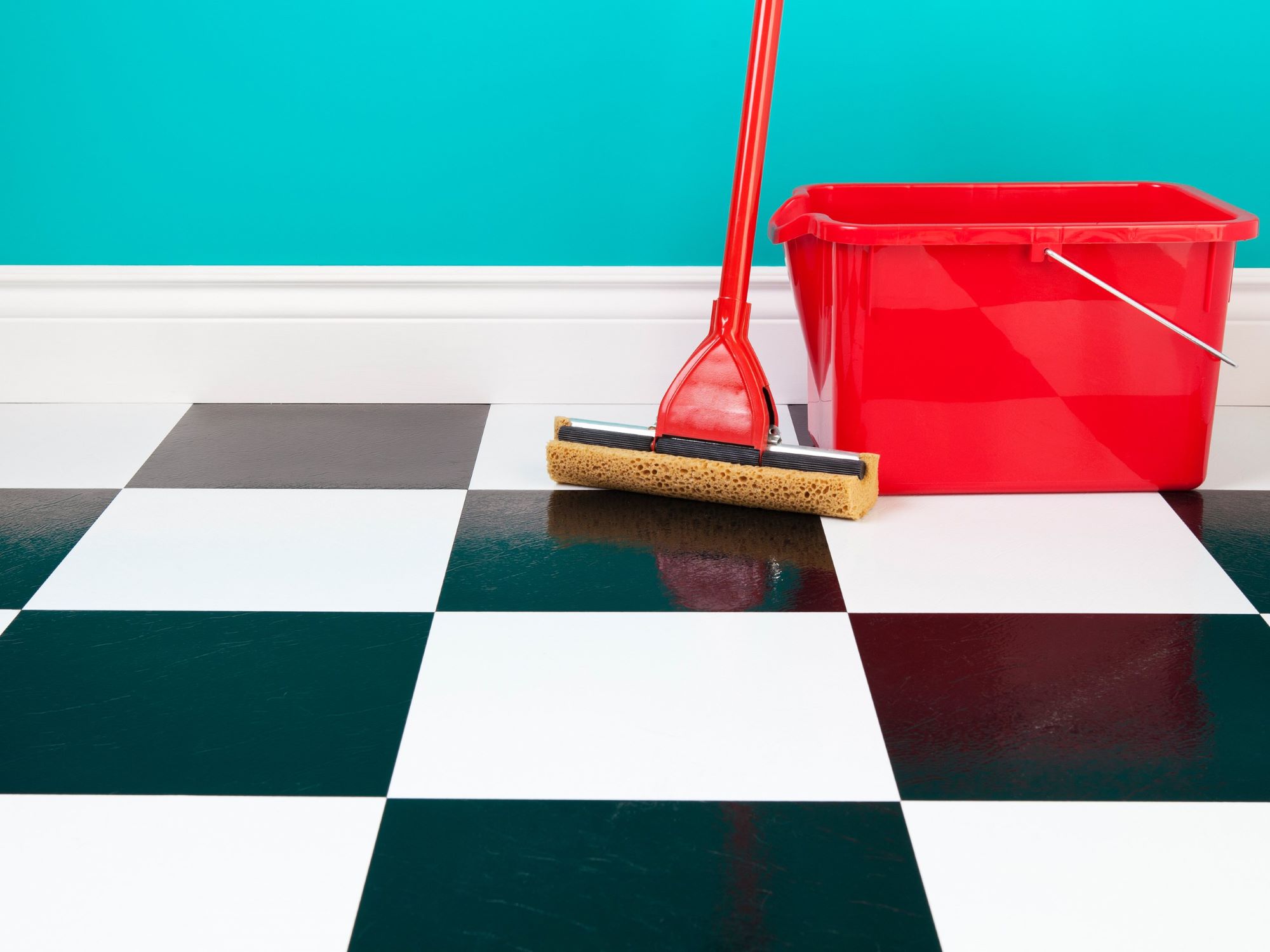

Cleaning Appliances
How To Mop Linoleum Floors
Modified: February 18, 2024
Learn the best way to mop linoleum floors using cleaning appliances. Get expert tips for a sparkling clean linoleum surface.
(Many of the links in this article redirect to a specific reviewed product. Your purchase of these products through affiliate links helps to generate commission for Storables.com, at no extra cost. Learn more)
Introduction
Welcome to the ultimate guide on how to effectively clean and maintain linoleum floors. Linoleum is a resilient and popular flooring choice known for its durability and easy maintenance. Whether you're a seasoned homeowner or a first-time cleaner, mastering the art of mopping linoleum floors is essential for preserving their luster and longevity. In this comprehensive guide, we'll delve into the step-by-step process of achieving spotless linoleum floors, ensuring they remain a stunning feature of your home for years to come.
Maintaining a clean and gleaming linoleum floor not only enhances the aesthetic appeal of your living space but also contributes to a healthier indoor environment. By eliminating dirt, grime, and potential allergens, regular cleaning helps create a welcoming and hygienic atmosphere for your family and guests.
As we embark on this cleaning journey, it's important to note that the key to successful linoleum floor maintenance lies in the meticulous execution of each cleaning step. From selecting the right mop to employing the correct cleaning solution and adopting the most effective mopping techniques, every detail plays a crucial role in achieving a pristine finish.
So, roll up your sleeves, put on your favorite cleaning playlist, and let's dive into the world of linoleum floor maintenance. Whether you're a cleaning aficionado or a novice, this guide is designed to equip you with the knowledge and skills needed to transform your linoleum floors into sparkling, inviting spaces. Let's get started!
Key Takeaways:
- Master the art of mopping linoleum floors with the right tools and techniques to keep your home clean and inviting for family and guests.
- Preserve the beauty of your linoleum floors with regular maintenance, gentle cleaning solutions, and proactive care to ensure lasting elegance and durability.
Read more: How To Fix Linoleum Floor
Preparation
Before commencing the cleaning process, it’s crucial to prepare the area and gather the necessary tools and materials. Adequate preparation sets the stage for a seamless and effective cleaning experience, ensuring that every step is executed with precision and care.
Here’s a rundown of the essential preparatory steps:
- Clear the Floor: Remove any obstacles, furniture, or rugs from the linoleum floor to create a clear, unobstructed space for cleaning. This not only facilitates thorough cleaning but also prevents potential damage to the furnishings.
- Sweep or Vacuum: Begin by sweeping or vacuuming the floor to eliminate loose dirt, debris, and pet hair. Using a soft-bristled broom or a vacuum cleaner with a hard floor setting, ensure that all visible particles are removed before proceeding to the mopping stage.
- Inspect for Stains: Take a moment to inspect the floor for any stubborn stains or spills. Identifying and targeting these areas during the cleaning process will help achieve a uniform and immaculate finish.
- Gather Cleaning Supplies: Assemble the necessary cleaning supplies, including a mop suitable for linoleum floors, a bucket, warm water, a gentle cleaning solution, and any additional tools such as a microfiber cloth for spot cleaning.
- Ventilate the Area: If possible, ensure adequate ventilation in the cleaning area by opening windows or using fans. Proper ventilation expedites the drying process and minimizes the accumulation of fumes from cleaning solutions.
By meticulously preparing the space and gathering the essential cleaning tools and materials, you’re laying the groundwork for a successful cleaning session. With the stage set for a thorough and efficient cleaning process, you’re now ready to delve into the specifics of mopping linoleum floors.
Choosing the Right Mop
When it comes to cleaning linoleum floors, selecting the appropriate mop is a pivotal decision that directly influences the quality of the cleaning process. With a myriad of mop options available, each boasting unique features and functionalities, it’s essential to identify the most suitable mop for your linoleum flooring.
Here are some key factors to consider when choosing the right mop for cleaning linoleum floors:
- Mop Material: Opt for a mop with a gentle and non-abrasive material, such as microfiber or chenille. These materials are effective in capturing dirt and grime without causing damage to the linoleum surface.
- Mop Type: Consider a flat or sponge mop for linoleum floors, as they provide even coverage and are adept at reaching into crevices and corners. Additionally, a mop with a swivel head enhances maneuverability, allowing you to navigate around obstacles with ease.
- Adjustable Handle: Choose a mop with an adjustable handle to ensure ergonomic and comfortable usage. This feature enables you to customize the handle length according to your height, minimizing strain on your back and arms during the cleaning process.
- Machine Washable: Opt for a mop with machine-washable mop heads. This facilitates convenient cleaning and maintenance of the mop, ensuring that it remains hygienic and ready for future use.
- Mop Size: Select a mop size that suits the dimensions of the cleaning area. For larger spaces, a wider mop head can expedite the cleaning process, while a smaller mop head is ideal for maneuvering in compact areas.
By carefully considering these factors and selecting a mop tailored to the specific requirements of linoleum floor cleaning, you can elevate the efficiency and effectiveness of the mopping process. A well-chosen mop not only simplifies the cleaning task but also contributes to the preservation of your linoleum floors, ensuring they retain their pristine condition for years to come.
Using the Right Cleaning Solution
Choosing the appropriate cleaning solution is a critical aspect of maintaining and cleaning linoleum floors. The right cleaning solution not only effectively removes dirt and grime but also safeguards the integrity of the linoleum surface, preserving its luster and longevity. When selecting a cleaning solution for linoleum floors, it’s essential to prioritize gentle yet potent formulations that are specifically designed for resilient flooring materials.
Consider the following guidelines when selecting and using a cleaning solution for your linoleum floors:
- Gentle Formulation: Opt for a pH-neutral or mild cleaning solution that is specifically formulated for linoleum or resilient flooring. Avoid harsh chemicals, ammonia-based cleaners, or abrasive substances that can compromise the integrity of the linoleum surface.
- Dilution Ratio: If using a concentrated cleaning solution, follow the manufacturer’s instructions regarding the appropriate dilution ratio. Overly concentrated solutions can leave a residue, while under-diluted solutions may be too aggressive on the linoleum surface.
- Spot Testing: Prior to widespread application, conduct a spot test in an inconspicuous area to ensure compatibility and assess any potential adverse reactions. This step helps prevent unintended damage and allows you to confirm the suitability of the cleaning solution for your linoleum floors.
- Environmentally Friendly Options: Consider eco-friendly and biodegradable cleaning solutions that are gentle on both your floors and the environment. These options prioritize sustainability and safety without compromising cleaning efficacy.
- Manufacturer Recommendations: Refer to the flooring manufacturer’s guidelines and recommendations for approved cleaning solutions. Adhering to these guidelines ensures that you maintain the warranty and uphold the optimal condition of your linoleum floors.
By adhering to these considerations and guidelines, you can confidently select a cleaning solution that not only cleans your linoleum floors effectively but also safeguards their resilience and visual appeal. With the right cleaning solution in hand, you’re poised to embark on the next crucial step: employing the optimal mopping technique to achieve a pristine finish.
Use a mild cleaner and warm water to mop linoleum floors. Avoid using harsh chemicals or abrasive tools that can damage the surface. Dry the floor thoroughly to prevent water damage.
Mopping Technique
Mastering the art of mopping is essential for achieving impeccably clean and gleaming linoleum floors. Employing the right mopping technique ensures thorough dirt and grime removal while minimizing streaks and residue, resulting in a flawless finish that showcases the natural beauty of your linoleum flooring.
Here’s a step-by-step guide to executing the optimal mopping technique for linoleum floors:
- Prepare the Mop: If using a mop with a removable and washable head, ensure that it’s clean and free of debris. If the mop head is disposable or non-removable, verify that it’s in good condition and free from any foreign particles.
- Fill the Bucket: Fill a bucket with warm water and add the appropriate amount of the selected cleaning solution. Follow the manufacturer’s recommended dilution ratio to create a balanced cleaning solution that effectively cleans the linoleum surface without leaving residue.
- Wring Out Excess Water: Submerge the mop head in the cleaning solution, then wring out excess water until the mop is damp but not dripping. Excessive moisture can damage the linoleum and hinder the cleaning process, so it’s crucial to achieve the right level of dampness.
- Mop in Sections: Divide the floor into manageable sections and begin mopping from the farthest corner, working your way toward the exit. Employing a systematic approach ensures that each area receives thorough attention and prevents tracking dirt across previously cleaned sections.
- Utilize Overlapping Strokes: Mop in overlapping strokes, ensuring even coverage and consistent pressure. This technique helps prevent streaking and ensures that every inch of the floor is effectively cleaned.
- Address Stubborn Stains: For stubborn stains or localized grime, apply slightly more pressure and focus on these areas using gentle back-and-forth motions. Avoid abrasive scrubbing, as it can damage the linoleum surface.
- Refresh the Cleaning Solution: If the cleaning solution becomes visibly soiled or loses its efficacy, replace it with a fresh batch to maintain optimal cleaning performance throughout the process.
By adhering to these mopping techniques, you can achieve a spotless and streak-free finish, showcasing the inherent beauty of your linoleum floors. With the mopping stage completed, the final step involves ensuring thorough drying to preserve the pristine condition of your freshly cleaned floors.
Read more: How To Clean A Linoleum Floor
Drying the Floor
Properly drying the linoleum floor is a crucial final step in the cleaning process, ensuring that the surface is free from excess moisture and ready for immediate use. Effective drying not only prevents potential slips and falls but also contributes to maintaining the pristine condition of the linoleum, preventing water damage and streaking.
Consider the following steps to facilitate thorough and efficient drying of your linoleum floors:
- Air Circulation: Open windows and doors to promote air circulation and expedite the drying process. If available, utilize fans to enhance airflow and facilitate quicker evaporation of residual moisture.
- Absorb Excess Moisture: Use a clean, dry microfiber cloth or mop to absorb any remaining moisture or water droplets on the floor’s surface. Pay particular attention to areas near baseboards and corners, where water may accumulate.
- Allow Sufficient Time: Ensure that the floor is given ample time to air dry completely before allowing foot traffic. Depending on factors such as humidity and ventilation, this may take anywhere from 15 minutes to an hour.
- Inspect for Dampness: To confirm that the floor is thoroughly dry, lightly touch various sections to check for residual dampness. Avoid premature use of the floor to prevent potential water damage or imprints from shoes or furniture.
By meticulously executing these drying steps, you can safeguard the impeccable cleanliness and integrity of your linoleum floors, ensuring that they remain a stunning and functional feature of your living space. With the floor now immaculately clean and dry, it’s essential to implement ongoing maintenance practices to preserve its pristine condition for the long term.
Maintenance Tips
Maintaining the pristine condition of your linoleum floors extends beyond the initial cleaning process, requiring ongoing care and attention to uphold their beauty and resilience. By implementing regular maintenance practices, you can prolong the life of your linoleum floors and ensure that they continue to exude a lustrous and inviting appeal.
Here are essential maintenance tips to preserve the longevity and visual allure of your linoleum floors:
- Regular Sweeping or Vacuuming: Establish a routine of sweeping or vacuuming your linoleum floors to eliminate loose dirt, debris, and pet hair. This prevents abrasive particles from accumulating and potentially scratching the surface.
- Spot Cleaning Spills Promptly: Address spills and stains immediately to prevent them from setting and becoming more challenging to remove. Use a damp cloth or sponge with a mild cleaning solution to gently blot and clean the affected area.
- Preventive Maintenance: Place doormats at entryways to minimize the tracking of dirt and grit onto the linoleum floors. Additionally, consider using protective pads or coasters under furniture legs to prevent scratches and indentations.
- Avoid Excessive Moisture: Refrain from using excessive water or harsh cleaning solutions when mopping linoleum floors. Excessive moisture can seep into seams and edges, potentially causing warping or damage to the flooring material.
- Use Area Rugs or Mats: Place area rugs or mats in high-traffic areas, such as in front of sinks or stoves, to minimize wear and tear on specific sections of the linoleum floor. Be sure to use non-staining and non-rubber-backed rugs to prevent discoloration.
- Periodic Polishing: Consider applying a manufacturer-recommended polish or protective sealant to rejuvenate the luster of your linoleum floors. Follow the application instructions to ensure an even and long-lasting finish.
- Regular Inspection: Periodically inspect your linoleum floors for signs of wear, scratches, or damage. Address any issues promptly to prevent them from escalating and compromising the overall integrity of the flooring.
By integrating these maintenance tips into your cleaning regimen, you can proactively preserve the beauty and resilience of your linoleum floors, ensuring that they remain a captivating and enduring feature of your home. With consistent care and attention, your linoleum floors will continue to exude timeless elegance and charm for years to come.
Conclusion
Congratulations on mastering the art of cleaning and maintaining your linoleum floors! By following the comprehensive guidelines and techniques outlined in this guide, you’ve equipped yourself with the knowledge and skills needed to transform your linoleum floors into radiant and inviting spaces.
From meticulous preparation and selecting the right cleaning tools to executing the optimal mopping technique and implementing ongoing maintenance practices, you’ve embraced the essential elements of caring for your linoleum floors. By prioritizing gentle yet effective cleaning solutions and employing systematic mopping methods, you’ve safeguarded the integrity and visual allure of your flooring.
As you continue to implement the maintenance tips and techniques outlined in this guide, your linoleum floors will remain a testament to timeless elegance and durability. By integrating regular sweeping, prompt stain removal, and preventive maintenance measures, you’re actively preserving the longevity and beauty of your linoleum floors for the enjoyment of your household and guests.
Remember, the key to maintaining stunning linoleum floors lies in consistent care, attention to detail, and a proactive approach to addressing any signs of wear or damage. By adhering to these principles, you’re ensuring that your linoleum floors will continue to exude a warm and welcoming ambiance, enhancing the overall aesthetic of your home.
Thank you for embarking on this cleaning journey with us. With your newfound expertise and commitment to ongoing maintenance, your linoleum floors are poised to remain a captivating and enduring feature of your living space, radiating timeless charm and resilience for years to come.
Frequently Asked Questions about How To Mop Linoleum Floors
Was this page helpful?
At Storables.com, we guarantee accurate and reliable information. Our content, validated by Expert Board Contributors, is crafted following stringent Editorial Policies. We're committed to providing you with well-researched, expert-backed insights for all your informational needs.
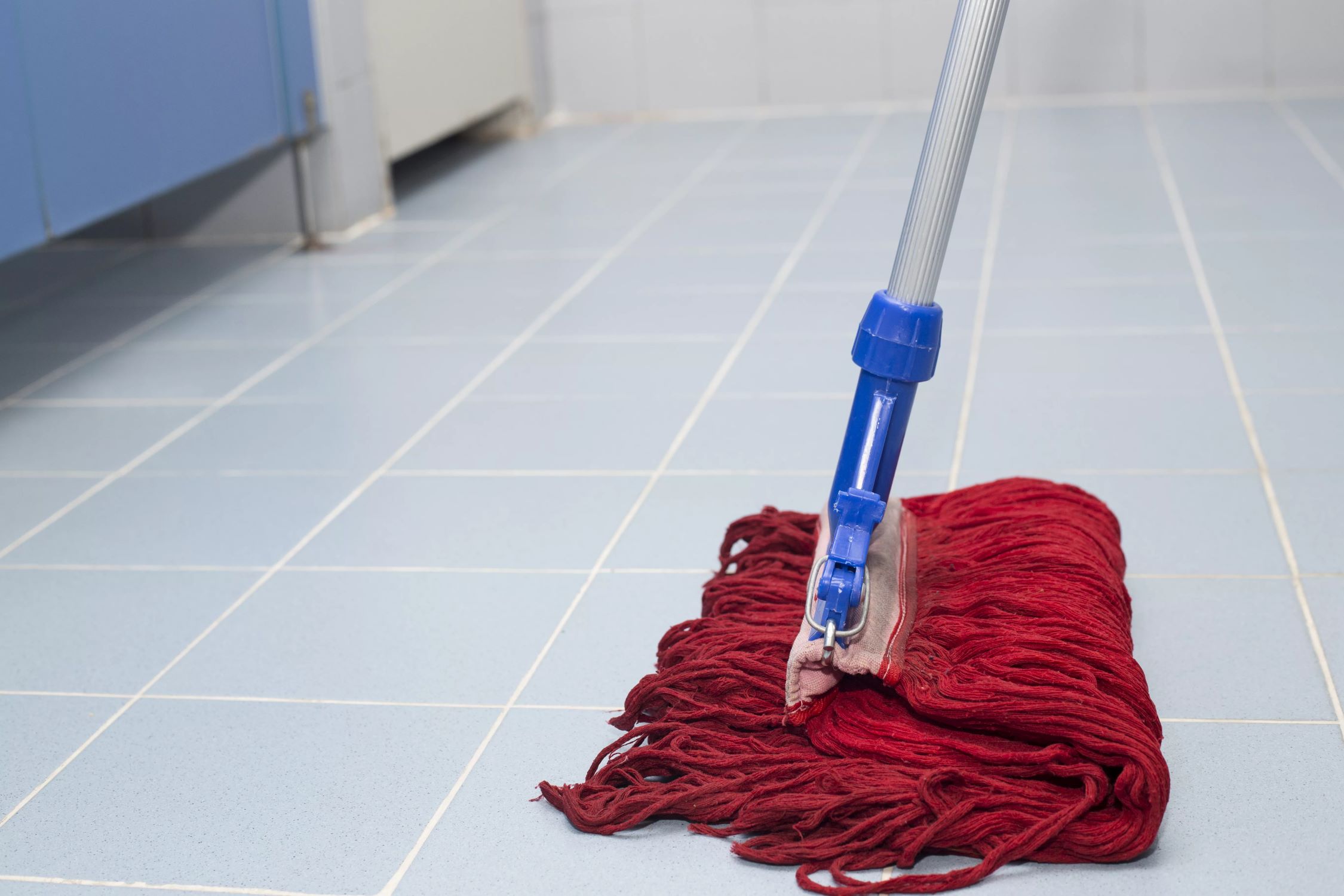
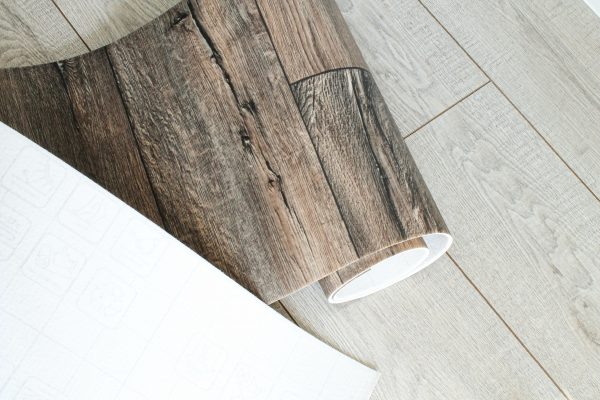
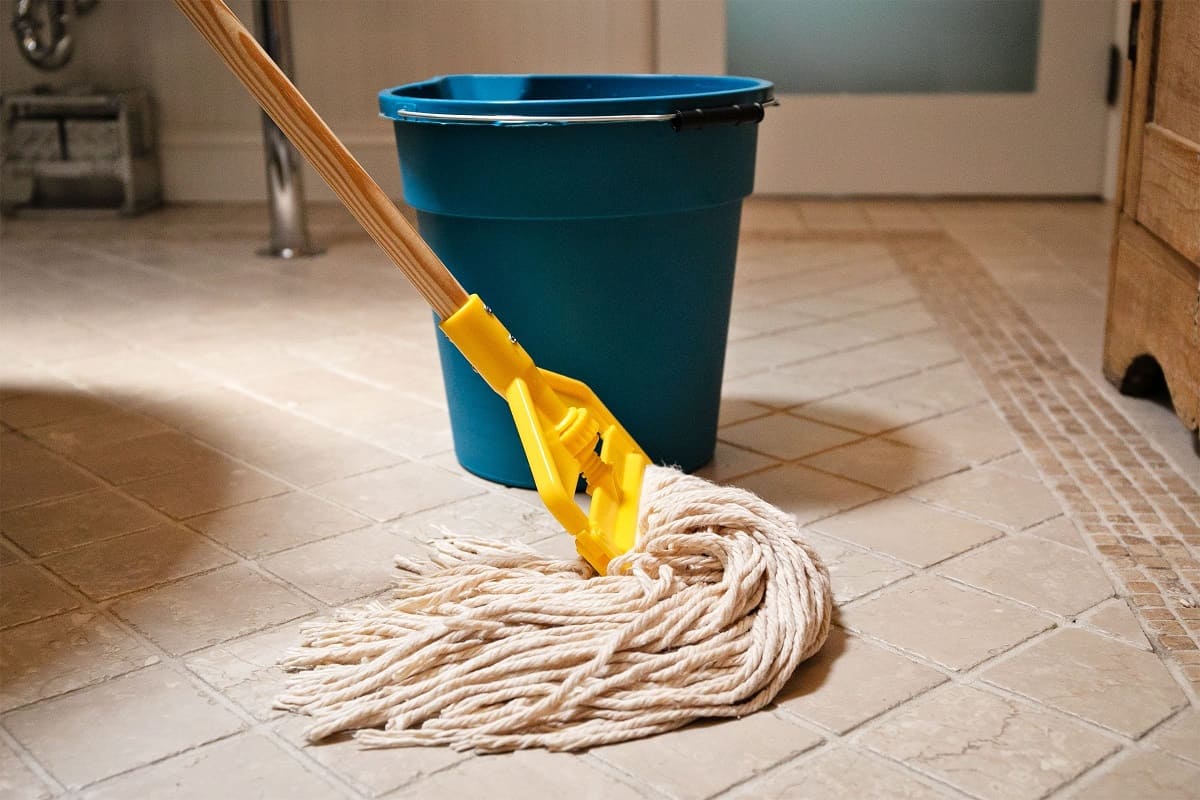
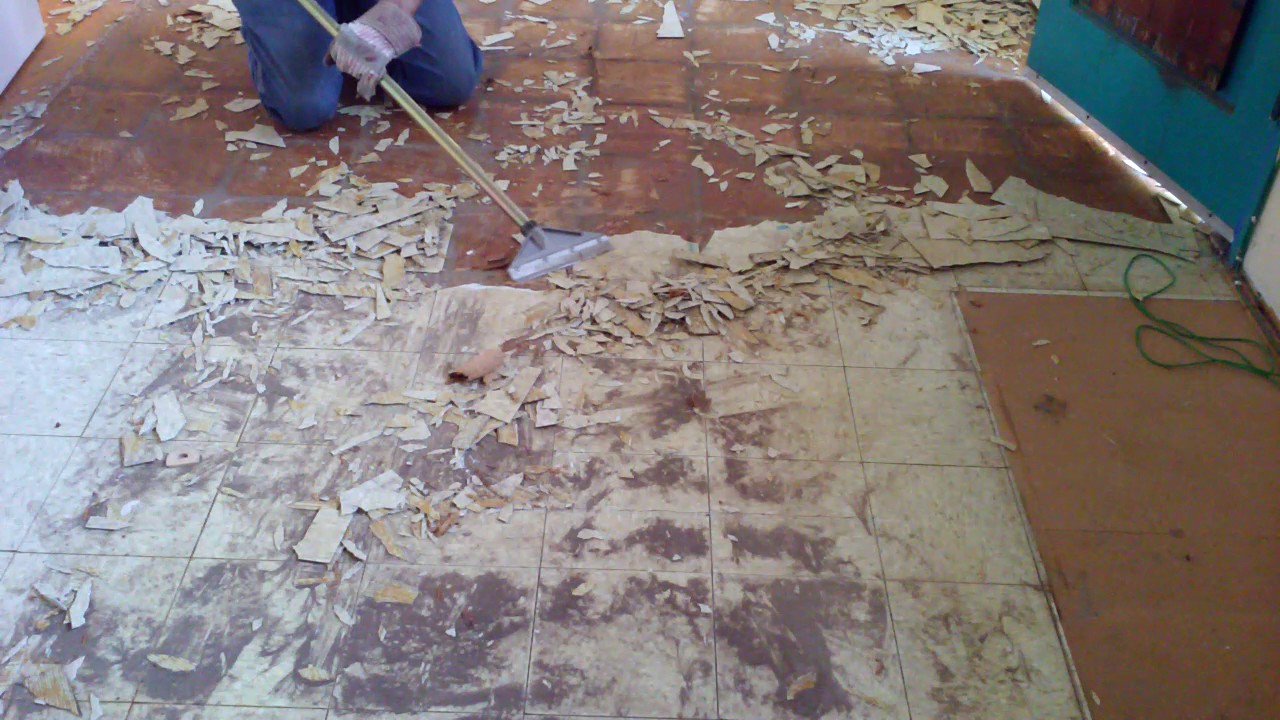
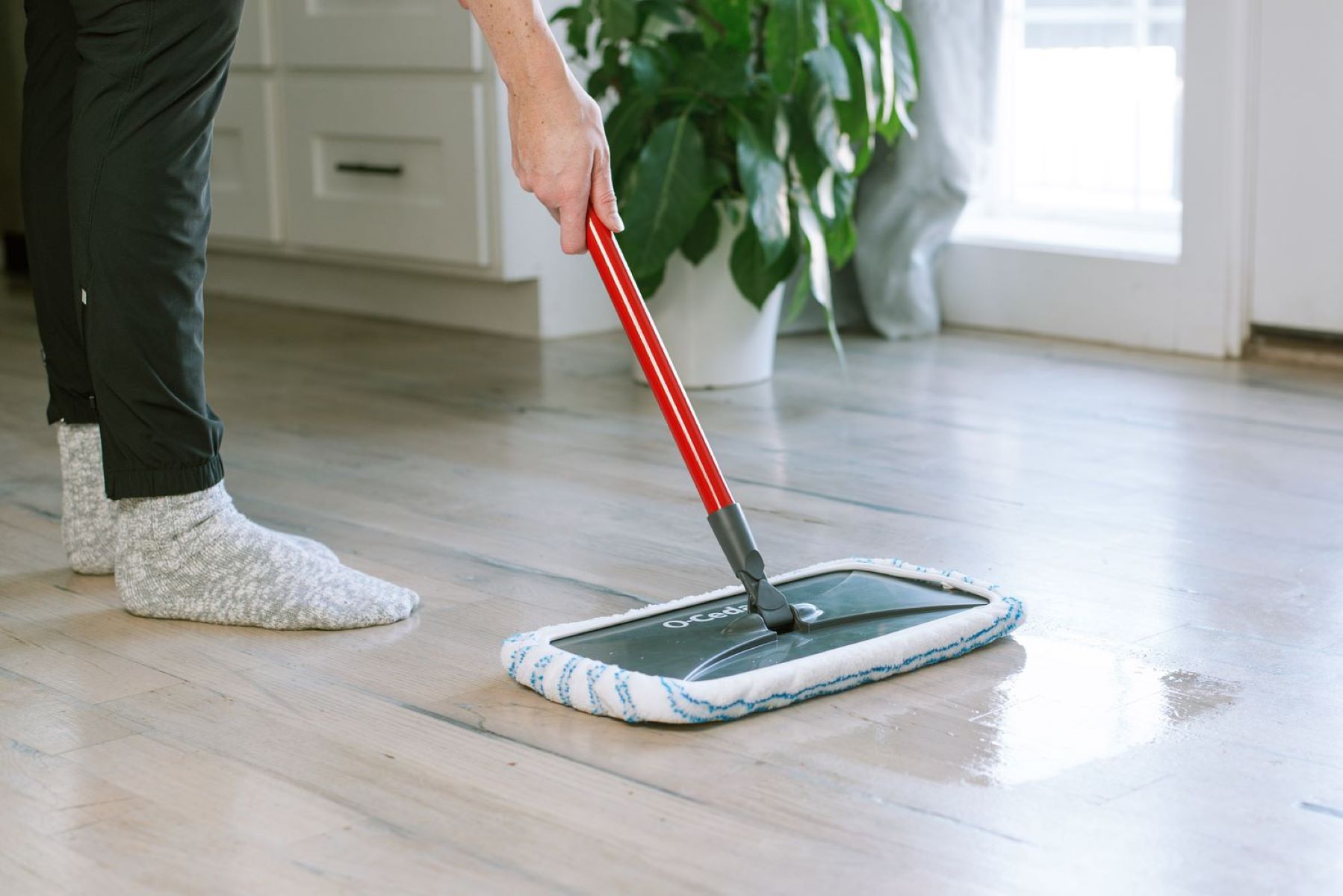
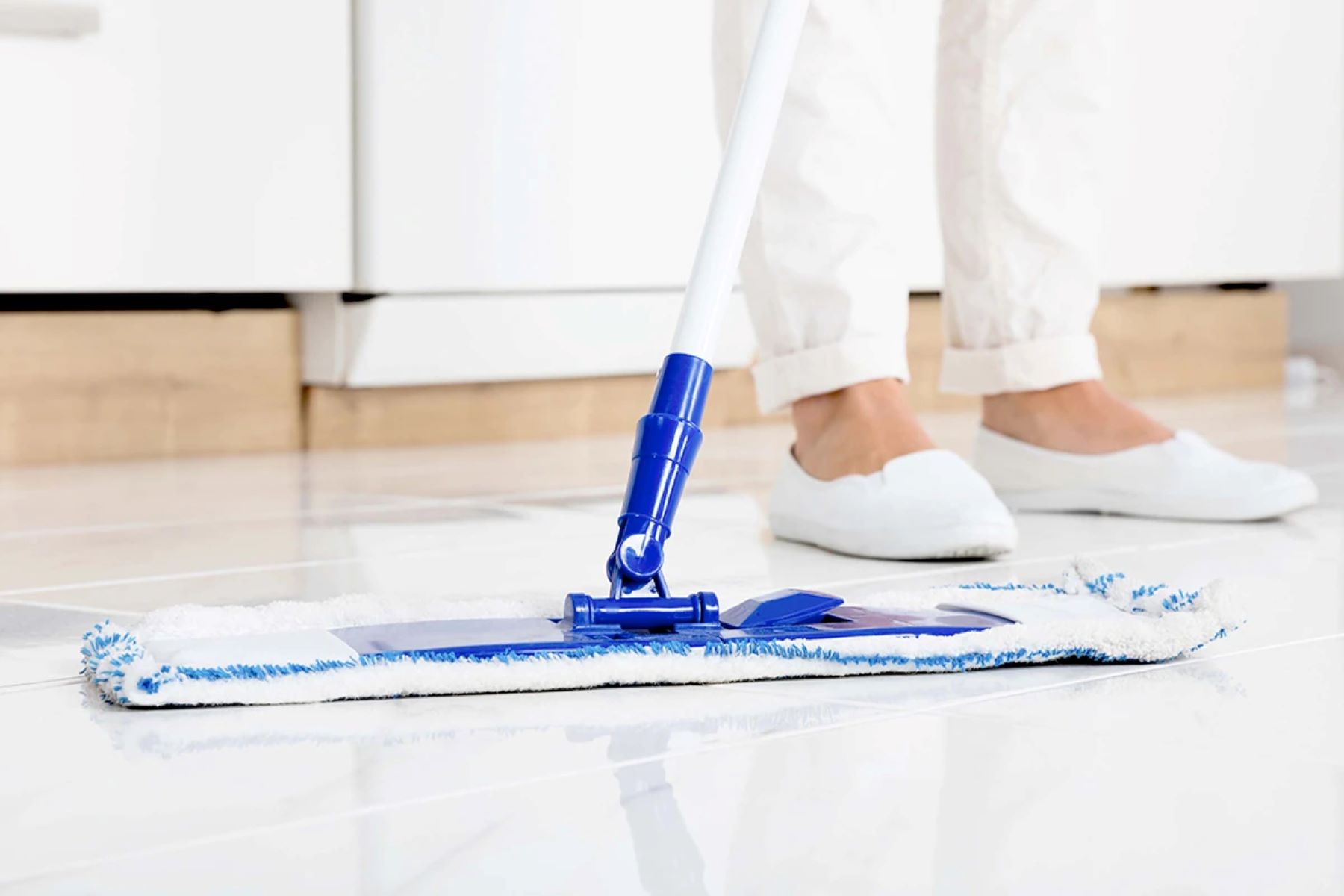
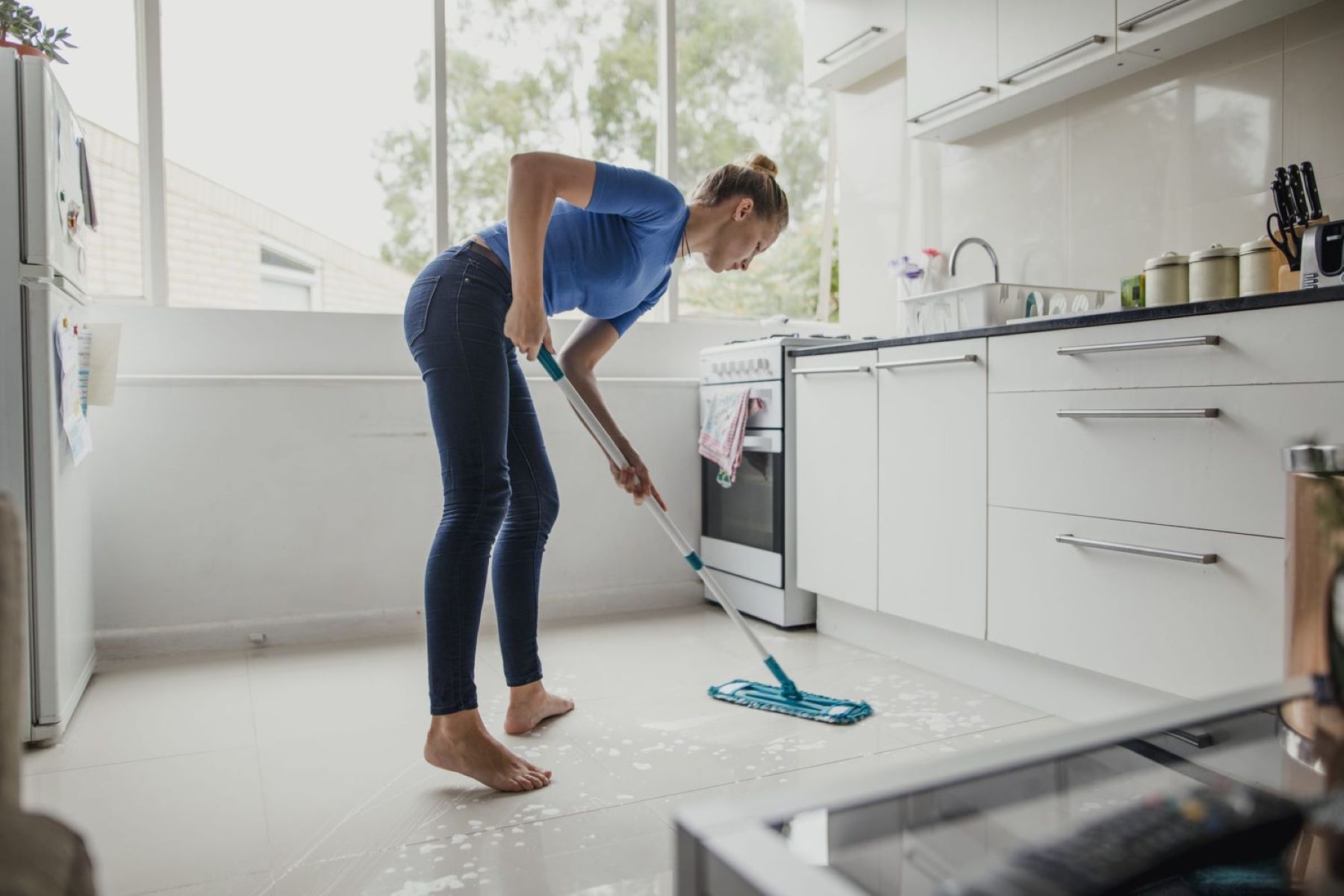
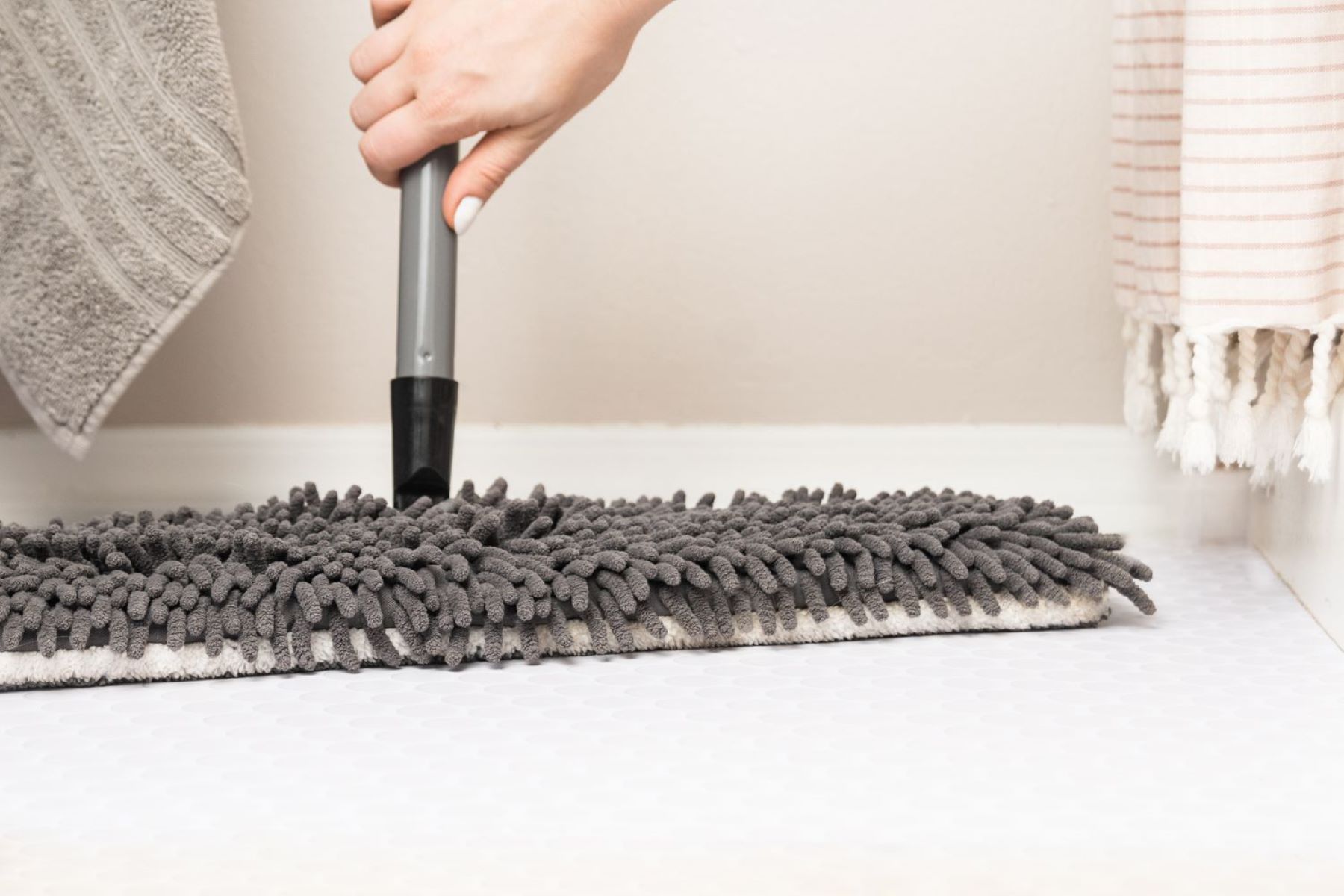
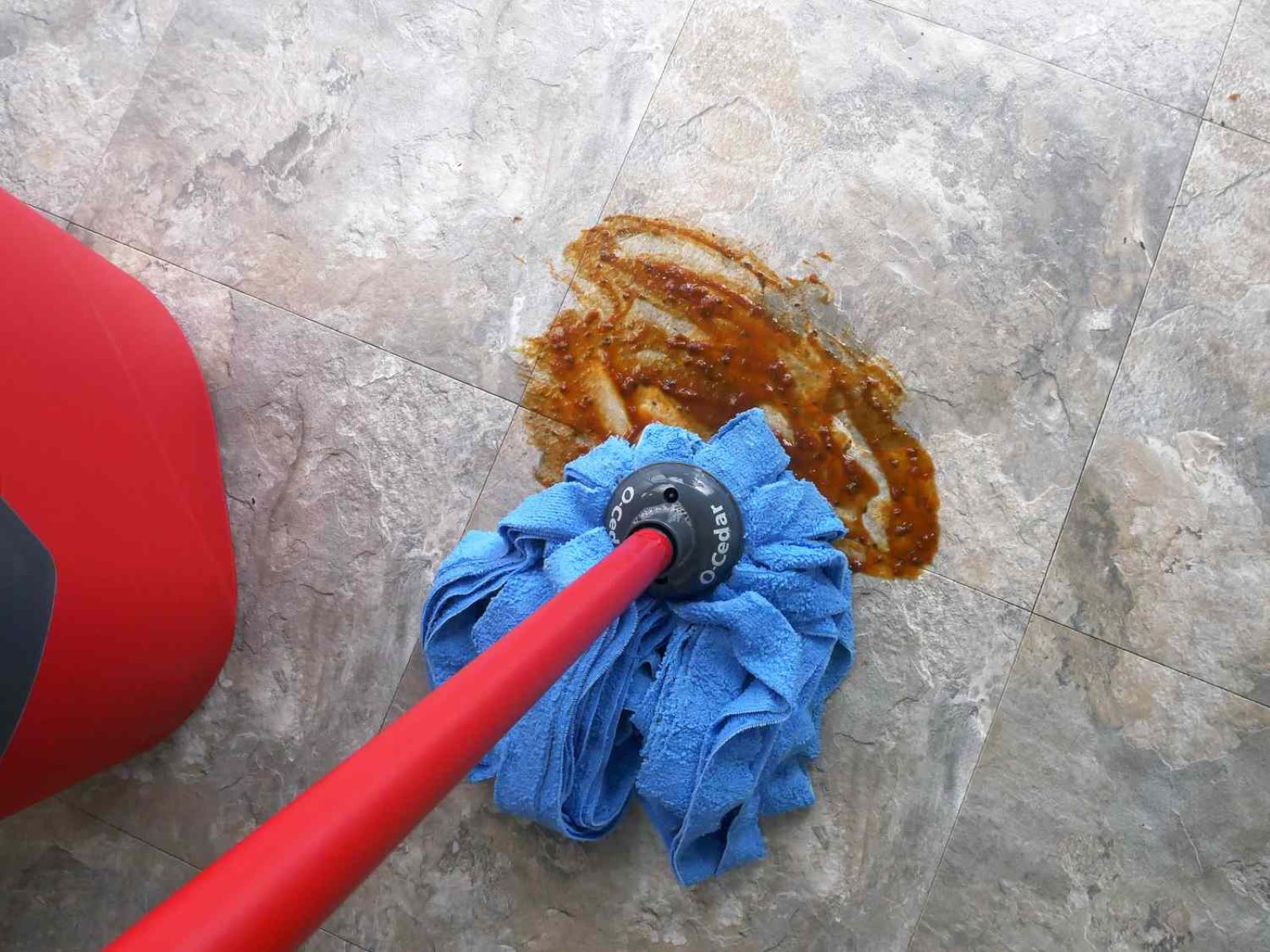
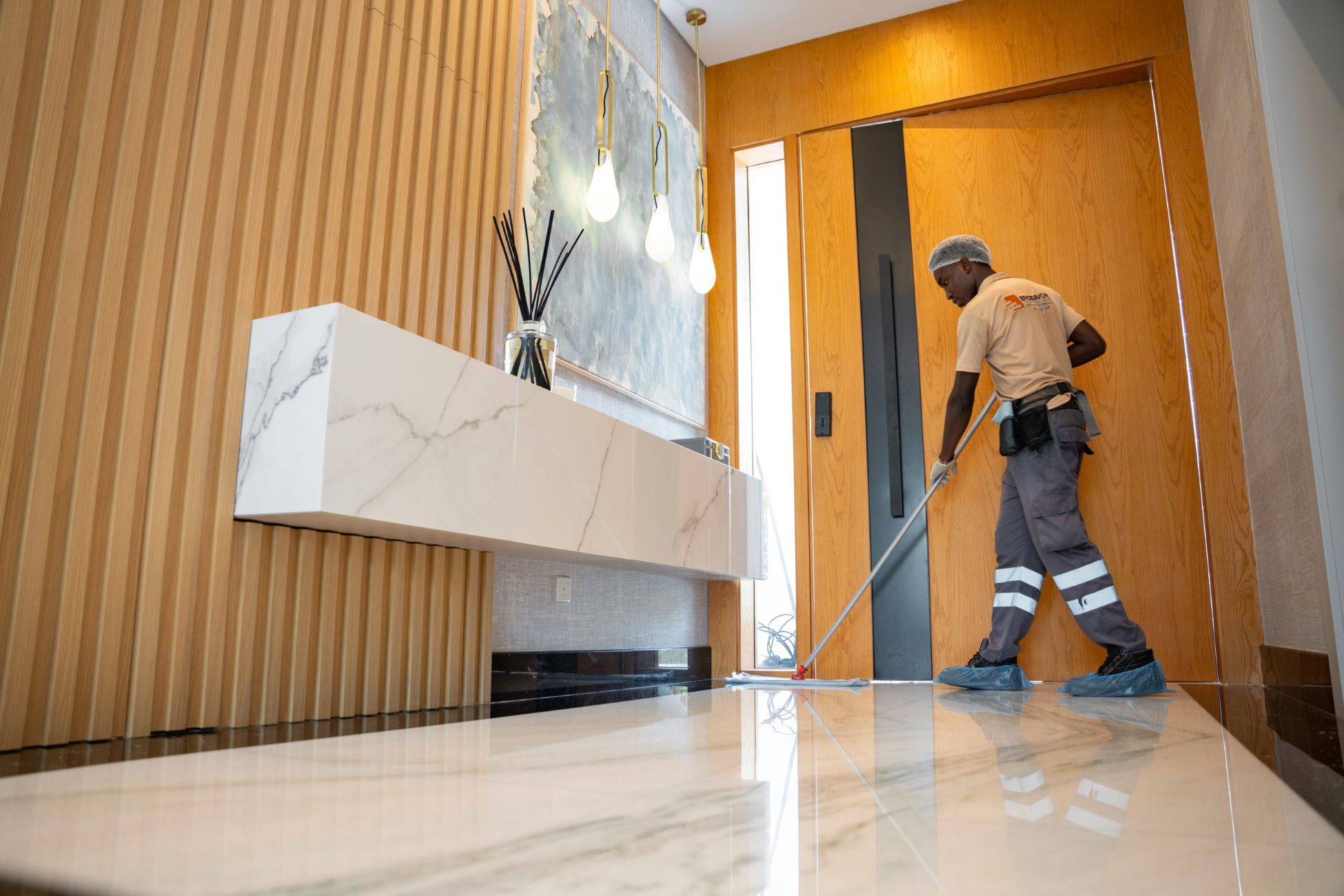
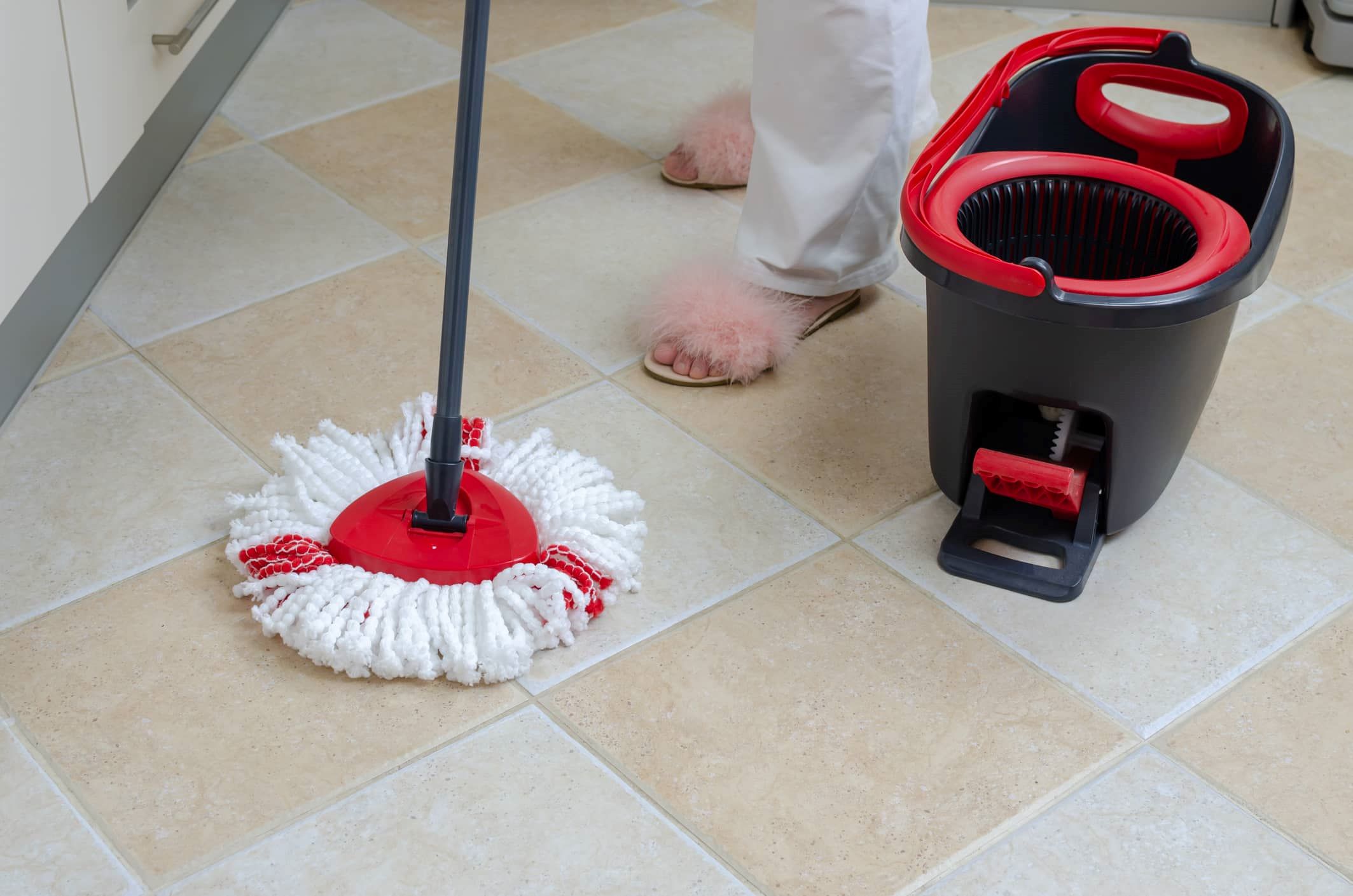
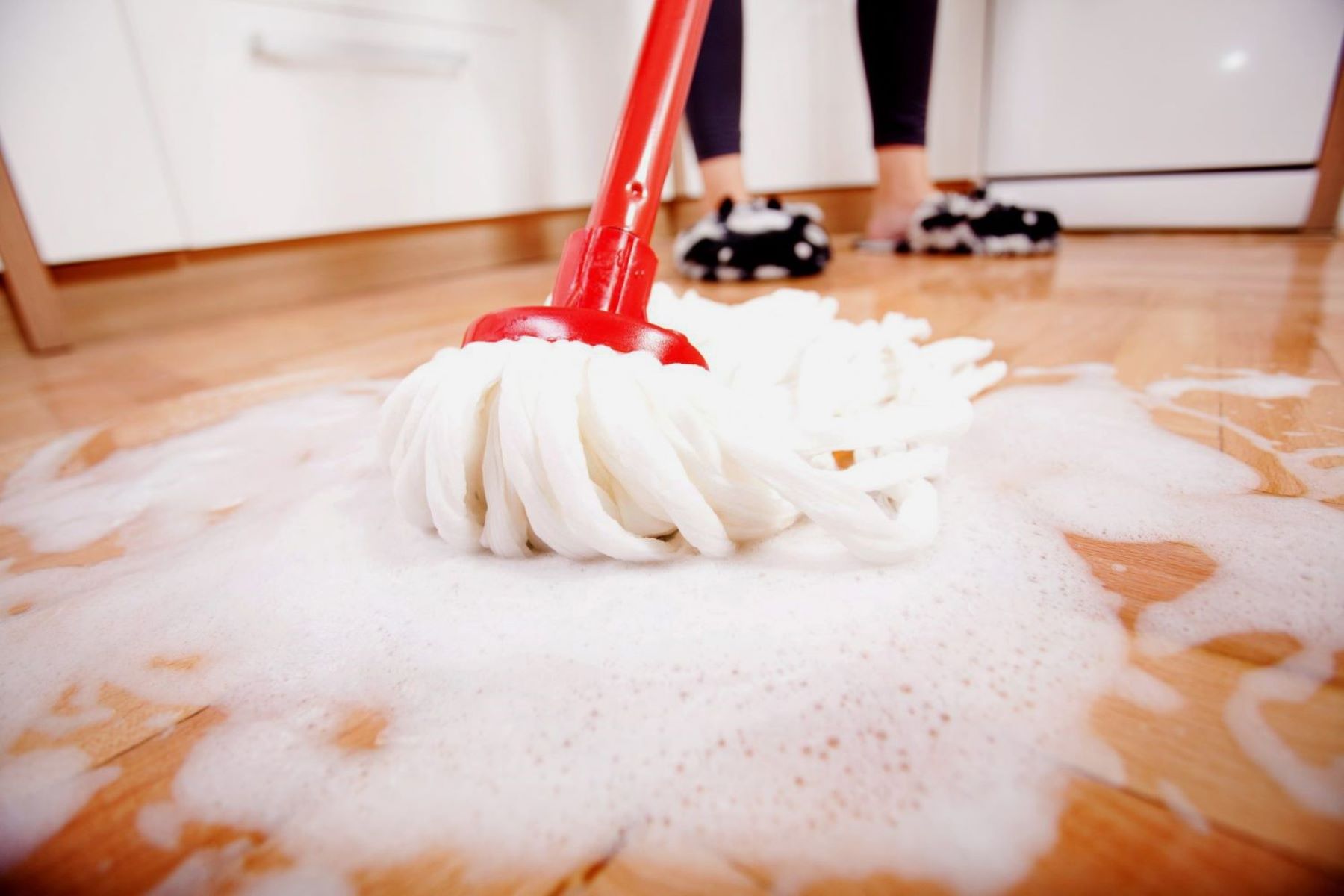
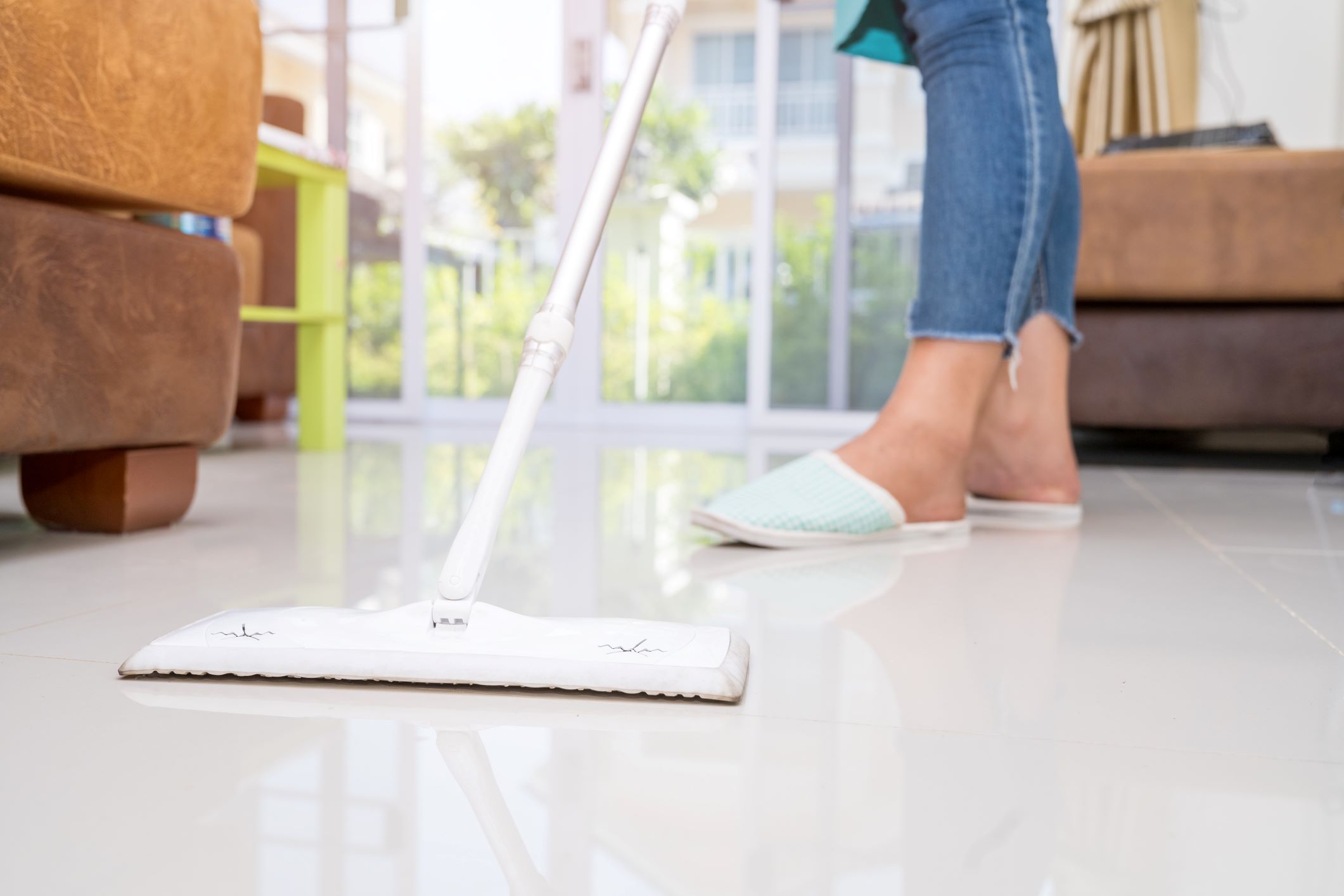
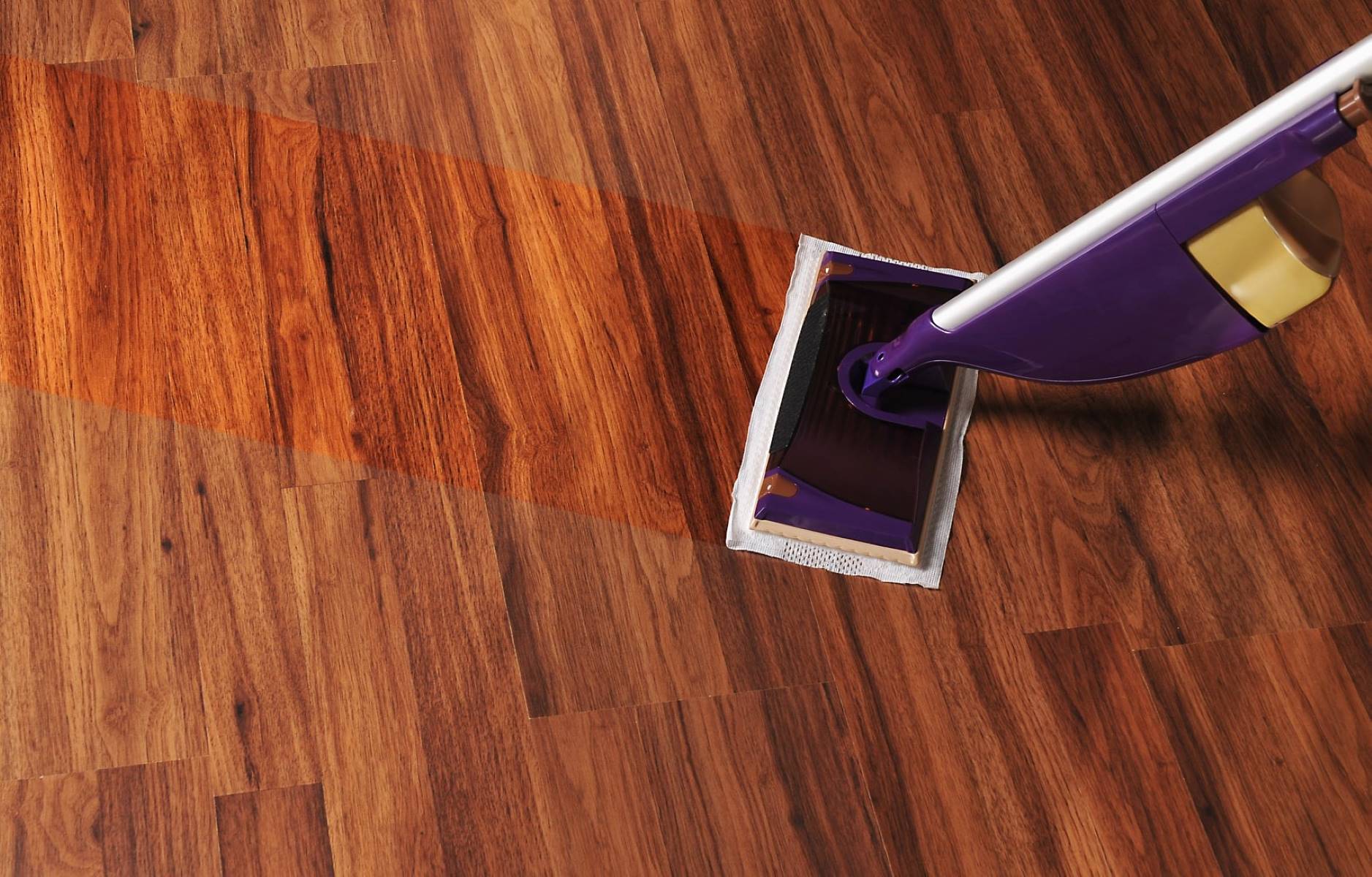

0 thoughts on “How To Mop Linoleum Floors”